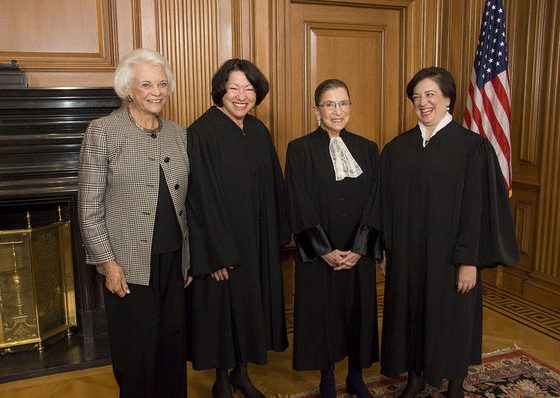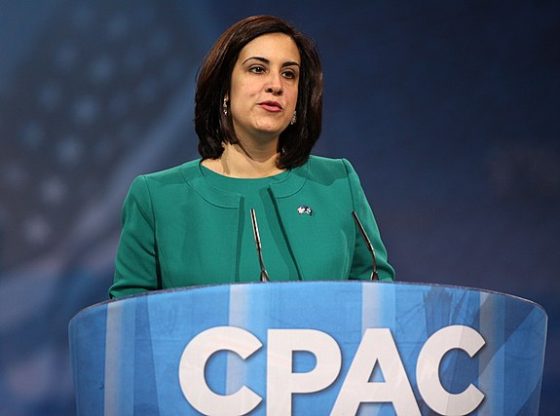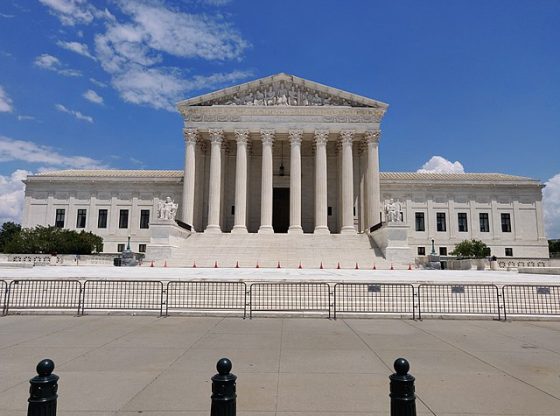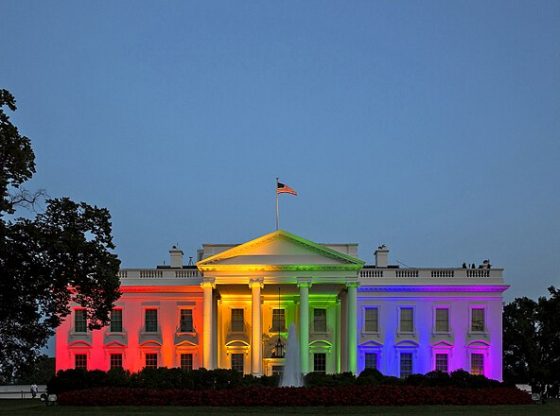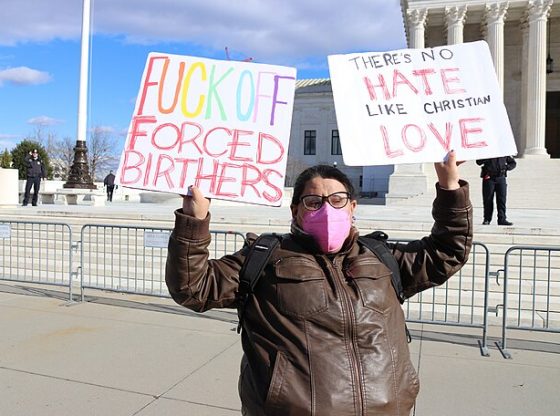Supreme Court Justice Ruth Bader Ginsburg has died of metastatic pancreatic cancer.
BREAKING: U.S. Supreme Court Justice Ruth Bader Ginsburg died Friday evening of complications form pancreatic cancerhttps://t.co/UW6eBjZYur
— Bloomberg (@business) September 18, 2020
Ginsburg’s sudden death sets up what is sure to be a contentious, election-year fight to confirm her successor, who will likely be appointed by President Trump.
The vacancy enables President Donald Trump to nominate his third justice to swing the bench further to the right, setting up what’s certain to be a colossal battle perhaps even bigger than those of his nominations of Neil Gorsuch and Brett Kavanaugh.
Ginsburg had a history of medical problems. In December 2018, doctors removed two cancerous nodules from her left lung, and she underwent additional treatment in August 2019 for a tumor on her pancreas. She was diagnosed with colon cancer in 1999 and underwent surgery in 2009 for pancreatic cancer.
Ginsburg became a professor at Rutgers Law in 1963 and later Columbia Law’s first woman tenured faculty member. She helped launch the American Civil Liberties Union’s Women’s Rights Project in 1972.
“Women’s rights are an essential part of the overall human rights agenda, trained on the equal dignity and ability to live in freedom all people should enjoy,” she said.
Ginsburg was confirmed 96-3 after being nominated by Bill Clinton in 1993.
The Supreme Court released the following statement Friday:
Associate Justice Ruth Bader Ginsburg died this evening surrounded by her family at her home in Washington, D.C., due to complications of metastatic pancreas cancer. She was 87 years old. Justice Ginsburg was appointed to the Supreme Court by President Clinton in 1993.
She was the second woman appointed to the Court and served more than 27 years. She is survived by her two children: Jane Carol Ginsburg (George Spera) and James Steven Ginsburg (Patrice Michaels), four grandchildren: Paul Spera (Francesca Toich), Clara Spera (Rory Boyd), Miranda Ginsburg, Abigail Ginsburg, two step-grandchildren: Harjinder Bedi, Satinder Bedi, and one great- grandchild: Lucrezia Spera. Her husband, Martin David Ginsburg, died in 2010.
Chief Justice John G. Roberts, Jr. said of Justice Ginsburg: “Our Nation has lost a jurist of historic stature. We at the Supreme Court have lost a cherished colleague. Today we mourn, but with confidence that future generations will remember Ruth Bader Ginsburg as we knew her — a tireless and resolute champion of justice.”
Justice Ginsburg was born in Brooklyn, New York, March 15, 1933. She married Martin D. Ginsburg in 1954. She received her B.A. from Cornell University, attended Harvard Law School, and received her LL.B. from Columbia Law School. She served as a law clerk to the Honorable Edmund L. Palmieri, Judge of the United States District Court for the Southern District of New York, from 1959–1961.
From 1961–1963, she was a research associate and then associate director of the Columbia Law School Project on International Procedure. She was a Professor of Law at Rutgers University School of Law from 1963–1972, and Columbia Law School from 1972–1980, and a fellow at the Center for Advanced Study in the Behavioral Sciences in Stanford, California from 1977–1978. In 1971, she was instrumental in launching the Women’s Rights Project of the American Civil Liberties Union, and served as the ACLU’s General Counsel from 1973–1980, and on the National Board of Directors from 1974–1980. She was appointed a Judge of the United States Court of Appeals for the District of Columbia Circuit in 1980. During her more than 40 years as a Judge and a Justice, she was served by 159 law clerks. While on the Court, the Justice authored My Own Words (2016), a compilation of her speeches

